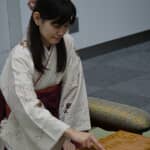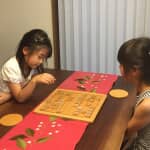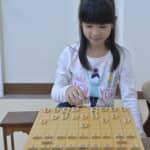Shogi 19 December 2016
Find More About the Meijin Title Match
I suppose our readers have been familiar with “board and pieces of I-tsu-tsu,” reading through our newsletters. Board and pieces of I-tsu-tsu were used for a real Shogi game played between Amahiko Sato who was at eighth dan (a kind of rank) and Meijin Habu in the third Kyoku (Kyoku is a suffix put to count games) of the 74th Meijin Title Match this year. Those players’ titles were ones in those days.
I-tus-tsu usually offers children opportunities to use these board and pieces through our events. This is because we want them to have come to understand Shogi deeply as one of traditional Japanese culture.
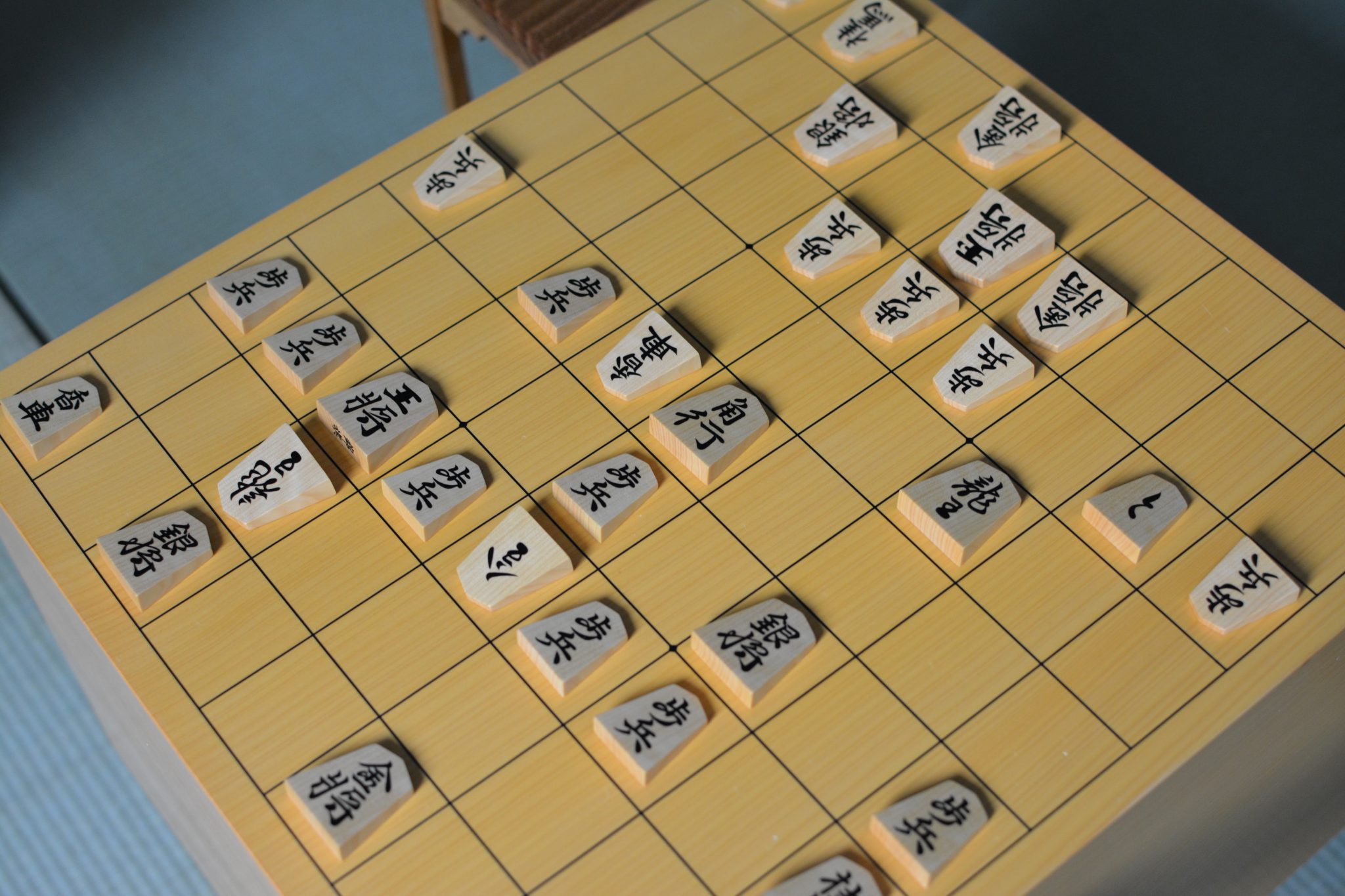
However, a short introduction of saying, “These are used in Meijin title match,” won’t make much sense to children who are absorbing Shogi for the first time.
Today, I am going to tell you how historic a Meijin title match is and how much difficult and honored to win a Meijin title match to become Meijin is.
1. The Story about the Origin of Meijin Title Match
There are seven big titles in Shogi world. These titles will be given to the winner of seven big final title-matches of championships. Among them, Meijin title match is the most time-honored and prestigious game. The player who reaches the top of the match will be offered the position of Meijin. (Other title-matches are Ryuou title match, Oui title match, Ouza title match, Kiou title match, Oushou title match, and Kisei title match.)
First of all, before I explain the history of Meijin title match, I think you want to know the origin of title “Meijin.”
It is said that the first person who spent a word “Meijin” was Nobunaga Oda. In Edo period, there were several important families of Igo. Honinbou was one of them and its founder was Honinbou Sansa. Nobunaga was moved at Sansas playing Go and designated him as “Meijin”. Later, Sansa was also designated as a liaison that was the highest title of Go and Shogi Player. And then, Honinbou handed over the position of Shogi Dokoro (the name of the position held by the Shogi head family in the Edo period) to Ohashi who was a branch family of Shogi in 1612. That is when the inheritance of Meijin title started. Since then, the strongest Shogi player among a head family Ohashi, a branch Ohashi, and Ito family received the title of Meijin. Incidentally, we call someone who stands out in some way “something-Meijin” still now, and this came from Shogi Meijin.
After the handing over the position of Shogi Dokoro to a branch family Ohashi in Edo period, the title Meijin had been inherited based on the hereditary system among above three families. And at the beginning of Showa a big change came up. That was a transition to an ability-based system. That resulted in starting Meijin title match in which players of ability competed with each other to gain the position of Meijin.
As a side note, more precisely, there are some exceptions. Some certain influential persons with long experiences in Shogi world were recommended as the 12th Meijin and the 13th Meijin and they called themselves “Meijin”.
2. System of Meijin Title Match
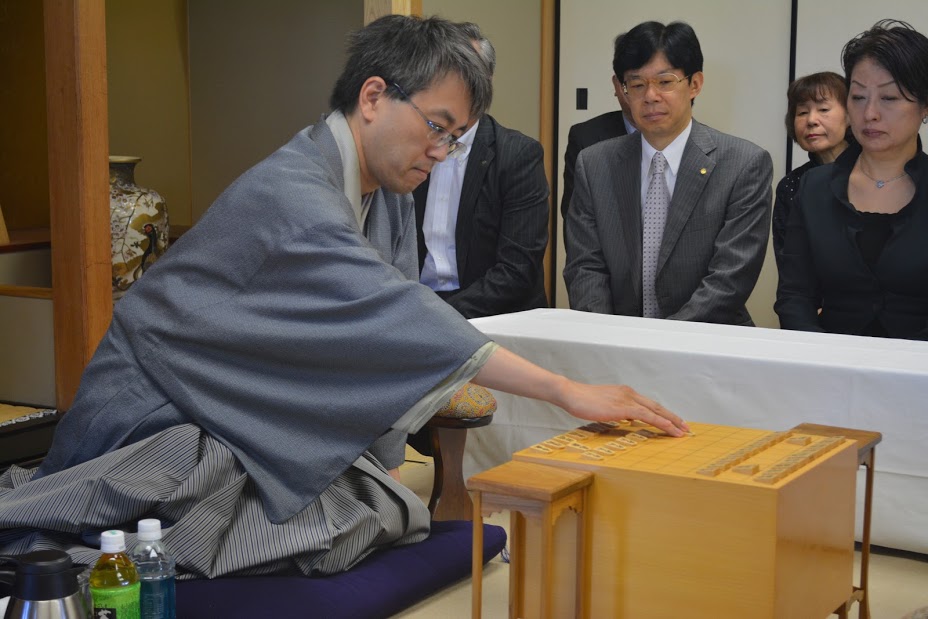
Since the start in the early stage of Showa, the system of Meijin title has been changed in several ways. Current rules are descried below;
- Professional Shogi Players are classified into five ranks according to their performances: class A, class B-1, class B-2, class C-1, and class C-2. Qualified players for Meijin title match should be in class A where top 10 players belong.
- Only players who belong in class A and get top results in the yearly round-robin tournaments have the right to challenge for the Meijin title.
- The match between Meijin and challenger has seven games. A player who wins four games first through the two-day match will become a Meijin for the year. By the way, current Meijin is Amahiko Sato mentioned before.
3. The title: “Meijin”
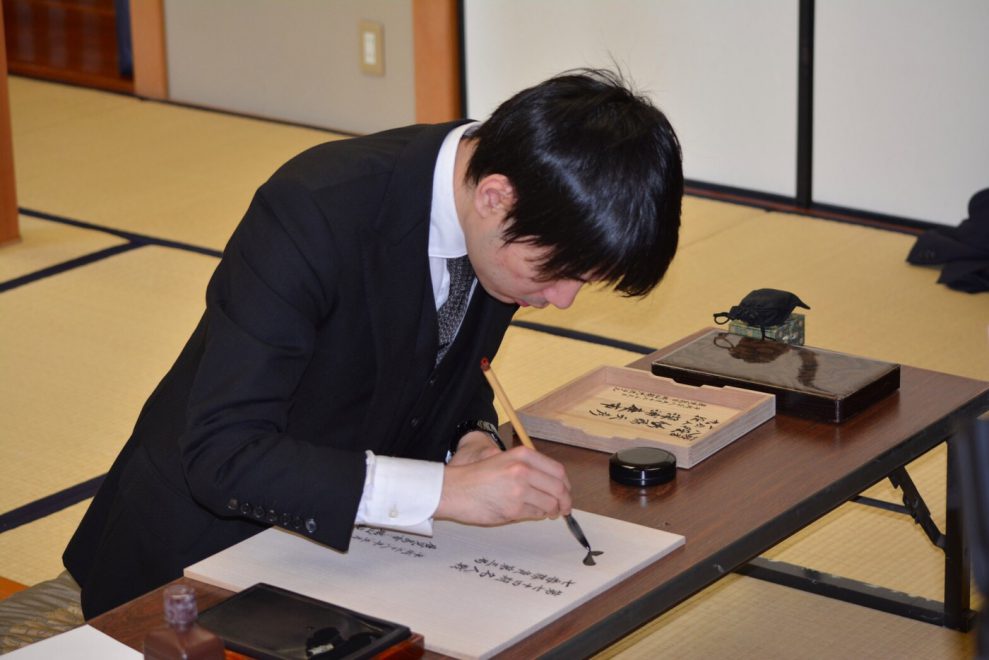
From four to six persons. Those are the number of players who can go professional for Shogi in one year. You may get the sense of how difficult to become a professional Shogi player. As I stated in Section 2, 10 players, topping the whole of the professional Shogi players who survived the most exclusive and difficult challenges, have to compete against for just one seat for Meijin. Obviously, they must have an overwhelming opponent in every game and also can’t lose any of them. Therefore, Meijin title match is said to be the most difficult title of all other big titles. Even though a player won the other title/ titles besides Meijin title, his title is “Meijin.”
Meijin also has several missions, such as to sign certifications for Dan-i (qualification of rank) given to amateur players. Signature can be also made by Ryuo (promoted rook) who won the Ryuo title match.
For your information, Meijin who gained the Meijin title five times or more in total will be given a new title “Eisei Meijin” (permanent Meijin), after he retires.
Did you enjoy today’s a bit long topic?
I do hope you have come to deeply understand the history of Meijin title and very strict rules of Meijin title match. I guess you got different perspectives toward a word “Meijin” sounding somehow familiar to you, watching a video Shogi game, or board and pieces of I-tsu-tsu.
Reference: Professional Shogi players directory, 2015-2016, TAKARAJIMASHA, Inc.
We also have posted some articles introducing Meijin title matches.
